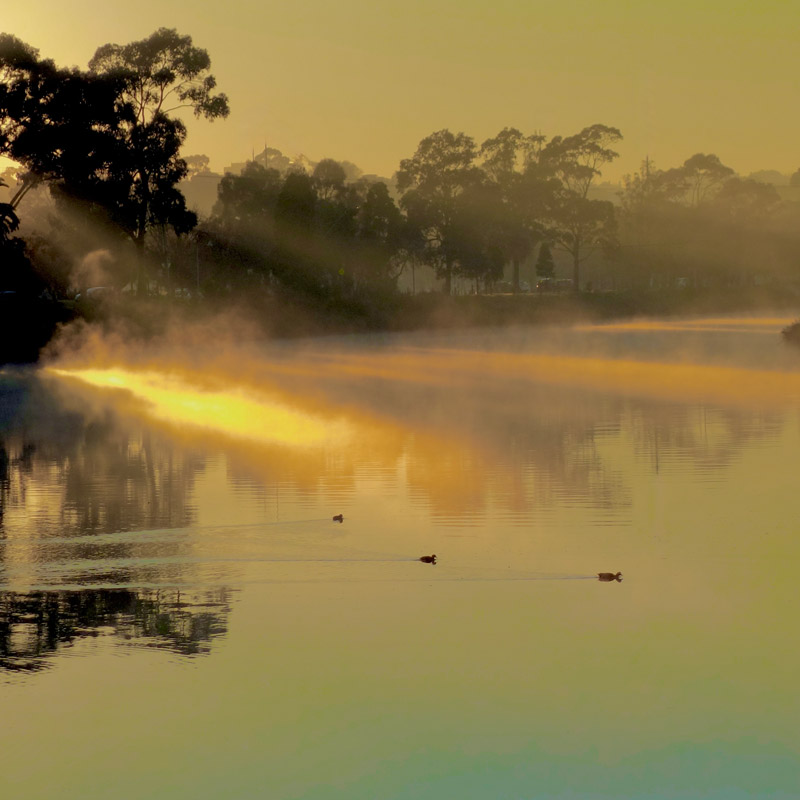Flora and Fauna

The area is home to many mammal species, including platypus, koalas, sugar gliders, the short-beaked echidna, and platypus. About twelve species of frogs and toads have been recorded around the river, including the endangered growling grass frog. Ten species of native fish, and eight species of exotic fish are present in the river, with the most common species including the exotic eastern gambusia, common galaxia, and flat-headed gudgeon. About twenty reptile species are known to inhabit the Maribyrnong River and surrounding areas, with skinks making up a large proportion of that number. Supporting these communities, more than 60 aquatic insects are found in the Maribyrnong River.
Links to Additional Resources
APS Keilor Plains (2011) Plants of Melbourne’s Western Plains: A Gardener’s Guide to the Original Flora, 2nd Edition. APS Keilor Plans, Melbourne.
McDougall, K. (1987). Sites of Botanical Significance in the Western Region of Melbourne. Melbourne University.
Forster, G., Hallam, M., Moore, R. M. (1976) Vegetation in an Urban Environment – The Western Surrounds of Melbourne. CSIRO
